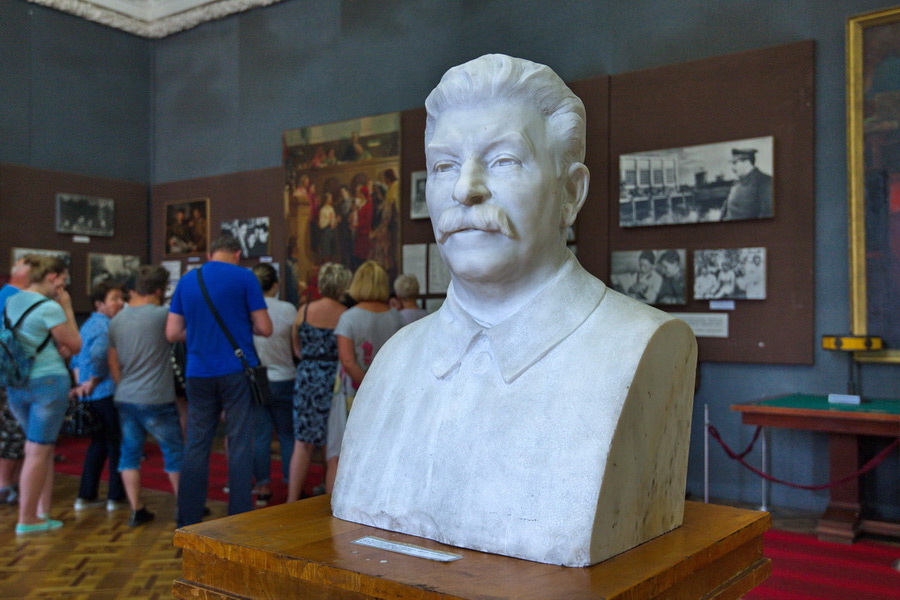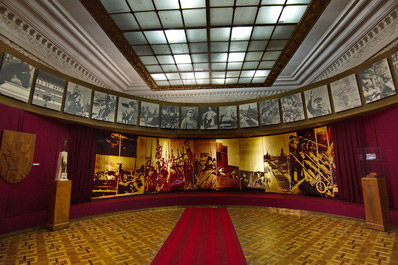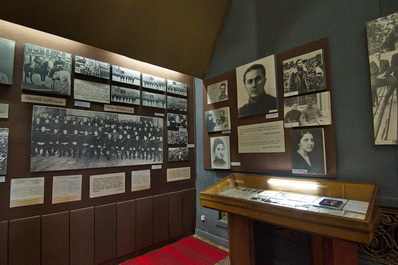Stalin's House Museum, Gori

Joseph Stalin's personality has intrigued many both during his lifetime and after his death. It's no surprise that in Stalin's hometown, the small Georgian town of Gori, there's a museum dedicated to him. But it's not just a collection of personal belongings and photographs. The museum recreates the somber atmosphere of the Soviet Union's daunting years, linked to the life and political career of the country's leader.
The Stalin Museum in Gori comprises three sections: the modest house where Soso Dzhugashvili (Stalin's birth name) was born and spent his early years; a separate building housing the bulk of the collection; and an armored train carriage that Stalin used for travel across the country and to nearby foreign lands.
Founded in 1937, the museum's initial exhibit was located within the walls of a small, single-story house once rented by the Dzhugashvili family. Stalin's parents were migrants from a village. His father tried his hand at working in a leather factory before becoming a shoemaker; his mother was a washerwoman. The family lived in relative poverty, and the setting of the future USSR leader's first home vividly attests to this. The neighborhood also consisted of similar modest houses, all of which, except for Stalin's, were later demolished. Visitors can now peek into this house with wooden shutters and get a feel for the sparse living conditions of the late 19th century.
The main part of the museum's collection is located in the main building, constructed in the grandiose Stalinist Empire style. Its spacious halls are filled with numerous exhibits - items Stalin used. On display are his parade uniform, smoking pipes, telephone, paintings, photographs, and other personal items. The most fascinating for visitors is Stalin's office, where the original furniture is preserved, and the authentic layout recreated. The museum halls also feature numerous photographs of Stalin, clippings from pre-revolutionary and Soviet newspapers, gifts, a copy of the death mask, and much more.
After exploring the main part of the museum's collection, visitors typically head to the armored train carriage Stalin used for his travels. He avoided flying and exclusively traveled long distances by train. The carriage includes Stalin's compartment and a security compartment, a shower room, a dining area, and a meeting hall.
The Stalin Museum immerses you in the atmosphere of the Soviet Union. Here, you not only learn many details about the country leader's childhood and youth but also feel the indescribable spirit of the tough and formidable times experienced by the fifteen republics of the USSR.


